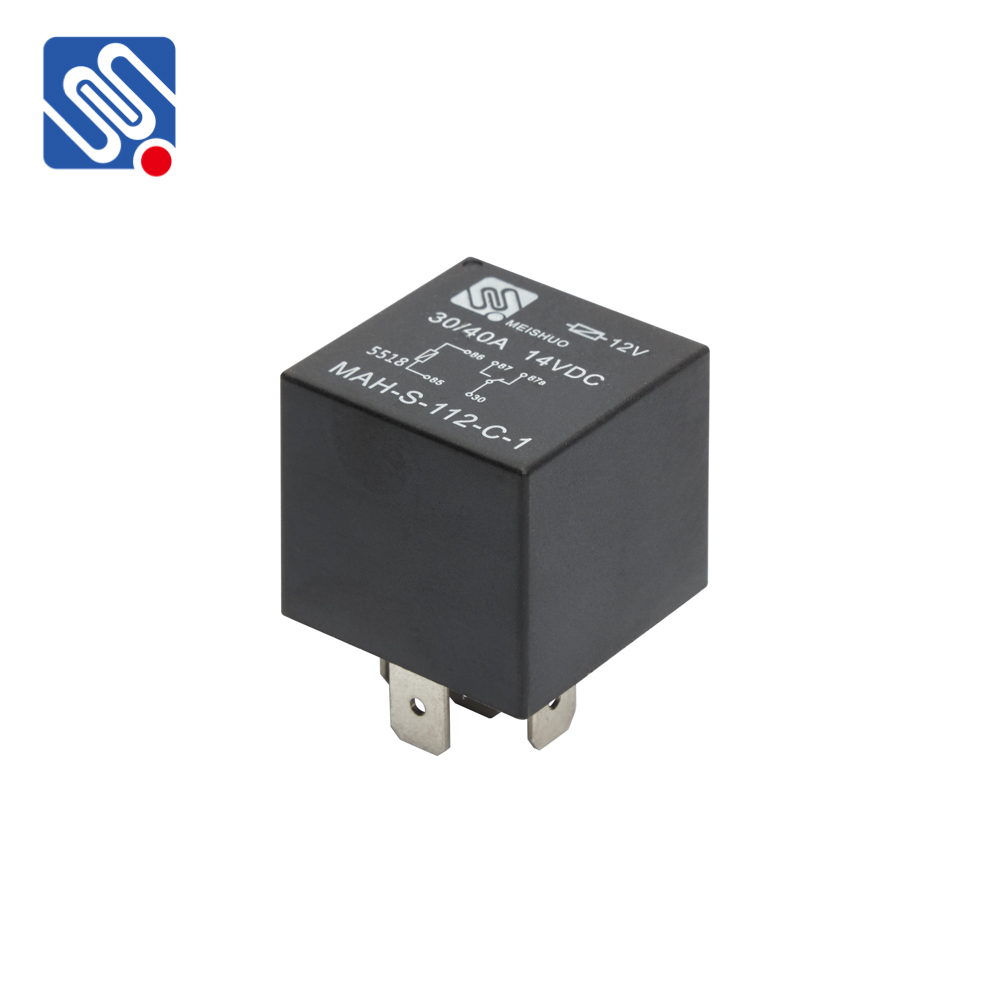The relay industry has been experiencing significant growth and transformation, driven by advancements in technology, growing demand for automation, the rise of electric vehicles (EVs), and the integration of renewable energy sources. Relays, which are essential components in electrical circuits used to control a wide range of applications, are evolving to meet the new needs of various industries. This article explores the key trends shaping the relay industry and highlights their implications for the future of automation, energy, and transportation.

1. Rise of Solid-State Relays (SSRs) Solid-state relays (SSRs) are gaining traction over traditional electromagnetic relays due to their numerous advantages. SSRs operate without moving parts, making them more durable and reliable than mechanical counterparts. They are particularly favored in applications where speed, low noise, and long service life are crucial. The shift toward automation and advanced technologies in industries such as manufacturing, telecommunications, and renewable energy is contributing to the increased demand for SSRs. In 2024, for instance, NOVOSENSE introduced its NSI7258 series of solid-state relays designed specifically for electric vehicles (EVs) and energy storage systems. These relays are capable of handling high voltages and offer excellent electromagnetic interference (EMI) performance, making them ideal for next-generation energy applications. The popularity of SSRs is expected to continue rising as the need for fast, efficient, and silent operations grows in diverse sectors.
Leave a Reply